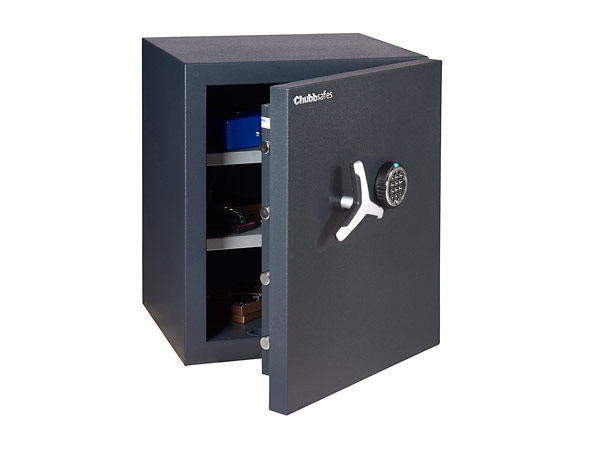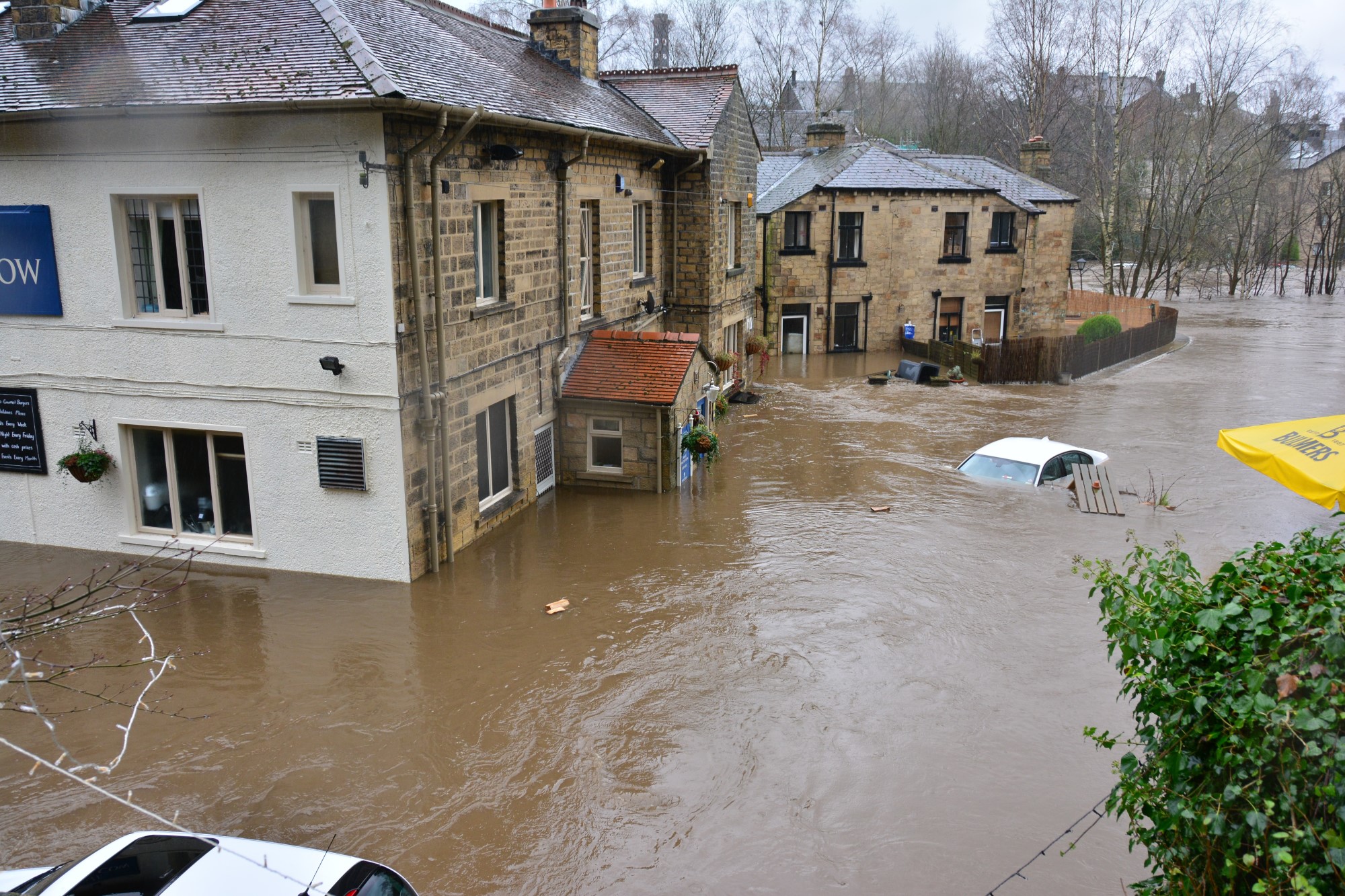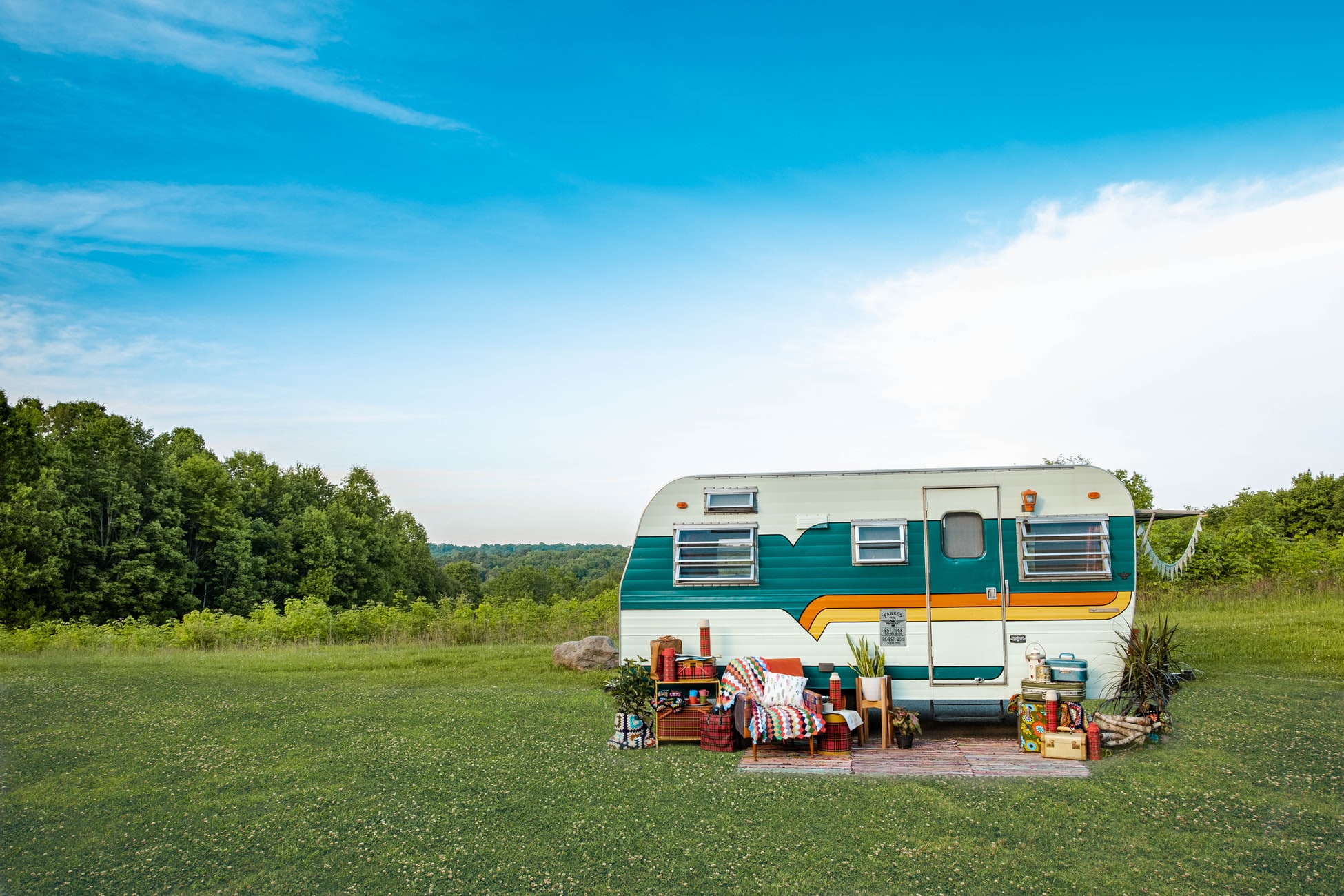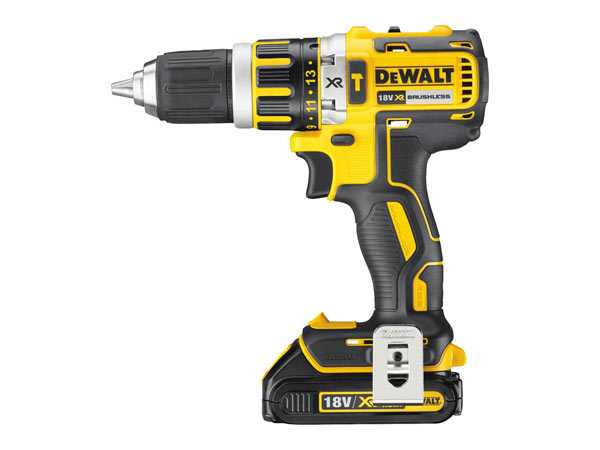How are Safes Rated?
Safes are all rated to different levels. Some even feature fire protection. During the safes testing process, they are attacked with different tools that a burglar may use. This buying guide will help you understand the complex world of safe ratings that bit easier.
Buying a safe can require a great deal of research. The variety of ratings or eurograde also adds a huddle. We have put together a selection of questions which we at Simply Safes often get asked.
What is a eurograde level?
Safes in the main, are rated to a eurograde level, except for the relatively new standards of S1 and S2 which are aimed more at the domestic market. The rating is achieved by attacking a safe using burglar hand tools for a set period of time. In essence tools are categorised by different factors that include:
- How effective they are
- How difficult they might be to operate effectively
- How tricky they might be to transport
- What sort of outside factors might prevent their use such as noise or smoke
Ultimately the safe is tested to withstand a set amount of attack time, to buy you time to either raise the alarm to the Police or for the burglars to flee the scene because of fear of being caught.
How the safe is secured is also part of the stringent testing procedure and the test is always carried out fixed to a solid concrete floor. Hence why this is always the best surface to use when fixing.
The final part of the test relies on the safe having a lock fitted that meets a specific standard for the rating. Should the lock not have been tested then any rating would not be applicable.
DID YOU KNOW - All sizes within a product range from a manufacturer have to be tested.
Your insurer may ask you to purchase a £3,000 or £5,000 cash rated safe. Although these do exist, you should be cautious about purchasing one. They may be relevant for your current insurer, but should you change your policy to a new company you may not be covered. You may then have to purchase a new safe.
Where do safes get tested?
In our experience, customers will often opt for a model that has fire protection as well as a security rating. These models are a little more expensive than those without. It is not essential to have a fire resistant safe but it is worth considering as we tend to keep important documents at home more than in the past.
Our banks and solicitors used to keep our Title Deeds and Wills as standard. In most circumstances this is no longer the case. Costs to replace copies of these and documents such as passports can cost a considerable amount. We have included an example table below:
In the period of time before we were part of Europe, we used to have our British standards and testing houses. At the this current time, most safes are tested by either ECBS or VdS in Europe, however we also have two test laboratories in the UK.
As we have explained above, quite a lot of detail goes into a scientific process and requires a high standard of thorough testing. For a safe to be deemed insurance approved it must be tested by ECBS, VdS, BRE or Sold Secure. It is worth checking where the safe you choose has been tested for that extra bit of peace of mind.
Cheaper safes that have not gone through such stringent testing may advertise a cash rating and not cover you in the event of a claim. If in doubt always check with your insurer before you buy.
Does the cash rating mean that Simply Safes will cover me?
No. The cash rating is what an insurer will cover you for under your insurance policy.
If you are storing cash speak to your insurance company prior to purchasing a safe, as they may require you to have a particular rating. This can be based on many factors that include your address and other security you have in place.
Does my choice of lock mean it will be any less secure?
No, the lock you choose will not make the safe any less secure. You should always change all the default codes if your choice is an electronic lock. In the event of a claim you could find an insurer does not pay out because the code was easily available. Likewise, if your safe keys were lying around or even if they were hidden but discovered by a burglar you could equally find your claim is void.
I want both fire protection and security, is this possible?
Yes. It is more common now for customers to want a mixture of both security and fire protection. This is because of a knock on effect from banks and solicitors no longer keeping title deeds and wills. Choosing one of these models means everything is secure and fire resistant in one location. It is worth noting that there is a trade off with these types of safes, as it will compromise the internal space that you have to store items.
This is down to the type of fill that sits between the two steel skins of the safe needing to be thicker. Typically the fire protection will only protect paper documents, should you want security and to protect data such as computer back up tapes from fire, then please call us for further advice.
Does a safe need to be fitted?
Yes. For any rating to apply, your safe must be installed in accordance with manufacturers recommendations. This applies to any model that has a weight of less than 1000kg. It is recommended that you secure your safe to a solid concrete floor. There are various alternatives if this is not possible. We have a detailed installation buying guide available to help guide you through the process.
Can I wire up my safe to an alarm?
Yes. Safes with a higher rating can be wired into your alarm system. This is where a duress box is fitted inside the back pan of the safe door. This is connected to your alarm by your alarm installer. To enter a duress code, you enter a number one digit either side of your normal code. For example, if your safe code is 123456, you would add 01234560. If the code is incorrectly inputted, this will send a message to your alarm to trigger an alert. The alarm will then alert the keyholder.
Our summary
In summary, safes are rated meticulously. If you should require a model for insurance purposes, we would advocate an AiS insurance approved safe. Your insurer will advise a rating based on your insurance cover. Should they suggest a rating that is not listed above, please do not hesitate to contact us. One of our friendly sales advisors will discuss your options further.





Add a comment